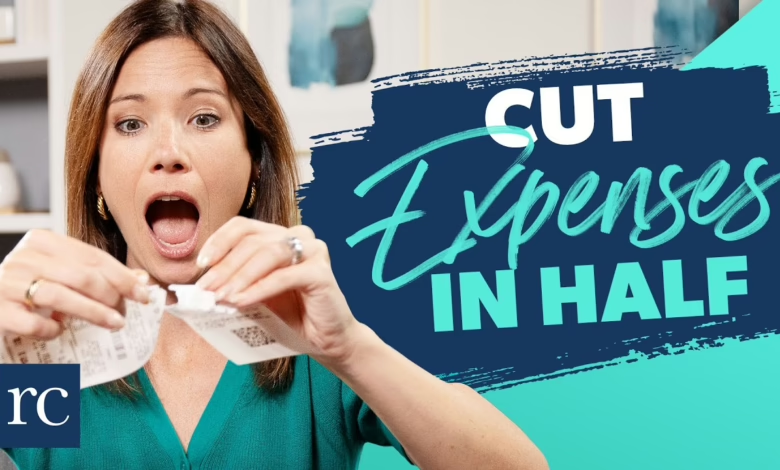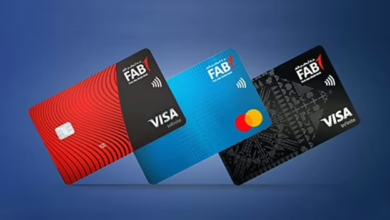
Are you tired of watching your paycheck disappear before the month ends? You’re not alone. Most people overspend without even realizing it. But what if you could cut your monthly expenses in half—without sacrificing your lifestyle or peace of mind?
In this ultimate guide, you’ll learn real, actionable strategies to slash your bills, reduce wasteful spending, and keep more money in your pocket—starting this month.
Why Cutting Expenses Is More Effective Than Earning More
Earning more money is great—but it often comes with more stress, longer hours, and higher taxes. Cutting expenses, on the other hand, is instant, tax-free, and within your control. Every dollar saved is a dollar earned—without the hustle.
Step 1: Track Everything Ruthlessly
Before you slash, you must see where your money is leaking.
✅ Use Tools Like:
Mint or YNAB (You Need A Budget)
Bank/credit card dashboards
Or simply a Google Sheet
Pro tip: Track for at least 30 days. The patterns will surprise you.
Step 2: Cut the “Big 3” First
1. Housing (Rent or Mortgage)
House hack: Rent out a room or get a roommate.
Refinance your mortgage or negotiate your rent—yes, it works.
Move to a smaller or more affordable space if you’re overhoused.
2. Transportation
Ditch the second car.
Use public transport or bike more often.
Shop around for lower auto insurance (can save $300–$600/year).
Consider rideshare or carpooling apps.
3. Food
Meal plan weekly and buy in bulk.
Use cashback and discount grocery apps (like Ibotta, Fetch, Rakuten).
Cook at home 90% of the time.
Cut daily coffee runs—$5/day = $150/month saved.
Step 3: Slash Recurring Bills and Subscriptions
Internet & Cell Phone
Call and ask for a discount or downgrade your plan.
Switch to a low-cost provider like Mint Mobile or Visible.
Cut data-heavy streaming plans.
Subscriptions
Cancel or pause:
Netflix / Disney+ / Prime
Software trials you forgot
Gym memberships (switch to home workouts)
Use the “subscription detox” rule: Keep only what you use weekly.
Step 4: Eliminate Debt the Smart Way
Switch to 0% interest balance transfer cards (if possible).
Refinance high-interest loans.
Use the debt snowball or avalanche method.
Bonus: Getting rid of even one credit card bill can free up $100–$300/month.
Step 5: Curb Impulse Spending (Without Feeling Miserable)
Tricks That Actually Work:
Use the 48-hour rule before buying anything over $50
Delete saved cards from shopping sites
Unfollow retail brands on social media
Set a weekly “fun money” allowance (and stick to it)
Step 6: Go Low-Tech at Home
Unplug devices not in use = lower electricity bill
Use energy-efficient bulbs and smart plugs
Lower thermostat 1–2 degrees = save $15–$50/month
Wash clothes in cold water
Step 7: Buy Used, Swap, or Rent
Facebook Marketplace, Craigslist, and thrift stores are goldmines
Borrow tools, party gear, or baby items
Rent high-ticket items (e.g., cameras, projectors) instead of buying
Step 8: Automate Savings from the Cuts
Set up automatic transfers into a high-yield savings account every time you save money on a bill. Watch your savings grow without extra effort.
Bonus: Mindset Shifts That Make It All Stick
Focus on value, not cost.
Redefine luxury: peace of mind > possessions
Celebrate progress, not perfection.
Realistic Monthly Savings Example
| Expense Category | Before | After | Monthly Savings |
|---|---|---|---|
| Rent | $1,200 | $800 | $400 |
| Groceries | $600 | $400 | $200 |
| Subscriptions | $100 | $30 | $70 |
| Car Insurance | $150 | $90 | $60 |
| Dining Out | $300 | $100 | $200 |
| Total Saved | $930/month |




